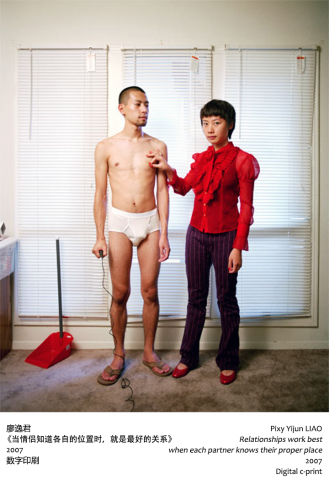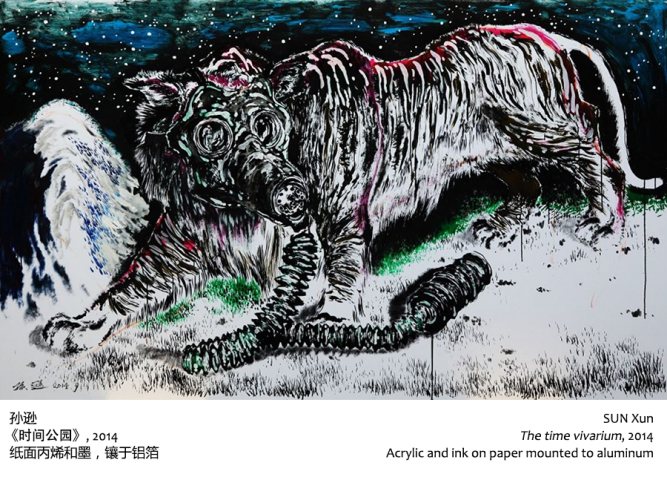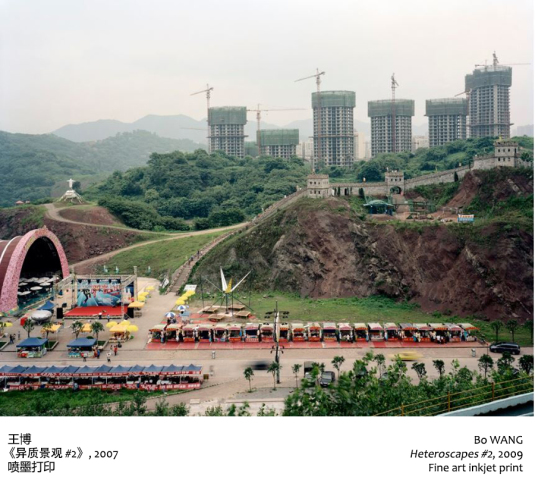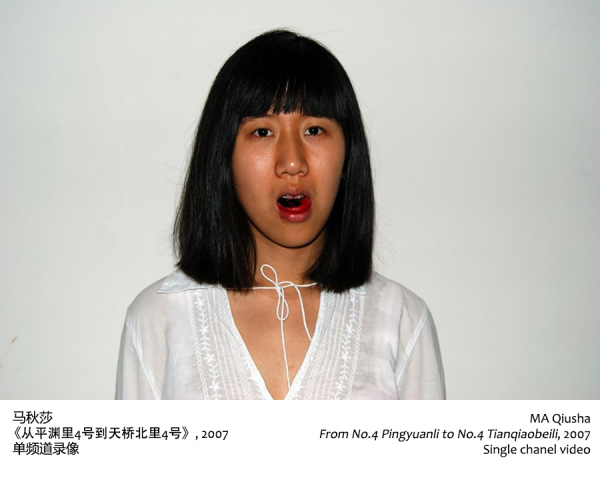




Arthub Favorite #Sixteen
As many of you know, Arthub launched a weekly favorite on Monday, but following our Screening + interview with young Chinese artist Miao Ying last Wednesday, we can’t stop thinking about the way we use technology and how post-net platforms for communication are affecting our cultural identities. So when Arthub came across the recently opened group show WeChat: A Dialogue in Contemporary Chinese Art, at the Asia Society in Houston, we couldn’t help but highlight a second weekly favorite. The group show explores how young artists – born after the Cultural Revolution – are challenging traditional notions of Chinese identity.
Duration: March 26 – July 3, 2016
Venue: Asia Society Texas Center
1370 Southmore Blvd, Houston, Texas
Opening Hours: Tuesday – Friday from 11:00 – 6:00 pm, Saturday & Sunday from 10:00 – 6:00 pm
Artists: CHEN Wei, GUO Xi, JIN Shan, Pixy Yijun LIAO, LIU Chuang, LU Yang, MA Qiusha, SHI Zhiying, SUN Xun, and Bo WANG
“We are thrilled to bring this next wave of contemporary artists from China to Houston, and introduce our visitors to what is happening today in major cities there. These artists challenge preconceptions of what Chinese contemporary art is understood to be, and will continue to do so for years to come,” says Bridget Bray, the organization’s Nancy C. Allen Curator and Director of Exhibitions.
WeChat is a mobile messaging app, developed in China, with more than 600 million users worldwide. Combining the functions of Facebook, Twitter, and Instagram, WeChat has become the primary means of communication for members of China’s younger generation, now living and working throughout the world.
This emphasis on global communication transcending local culture is the key focus of the exhibition, which brings together 10 young Chinese artists who have enjoyed a more liberalized environment growing up in China with more freedom and opportunities than the previous generation of Chinese artists.
Also, these young people are impacted by the opening up of China and its rapidly expanding economy over the past three decades, which has allowed them more access to information about international art movements and expanded career advantages than their teachers and mentors had.
The exhibition investigates the sharp departure the artworks of this new generation make from those of the earlier generation that came to international attention in the 1990s. While previous generations often looked back on major developments in Chinese history, this younger generation looks toward a future that is rooted in internet culture and new media. Most importantly, while past generations of Chinese artists made work asserting a Chinese identity, or “Chinese-ness”, often situated in opposition to western culture, this younger generation was raised in a period of rapid globalization and refuses to be pigeon-holed by culture, politics, or geographic boundaries.
We Chat: A Dialogue in Contemporary Chinese Art explores this paradigm shift by bringing together artists who are based both in China and abroad, underscoring that location is no longer the determining factor in the production of these artworks. There actually is a long tradition of Chinese artists working in the diaspora. Such leading artists of the 1990s as Ai Weiwei, Cai Guo Qiang, Huang Yong Ping, and Xu Bing all spent significant time in the west. However, rather than underscoring the western influence on their work, they resorted to appropriation of Chinese history to insert a local culture into the global art dialogue.
In contrast, the younger artists of the exhibition by and large eschew a Chinese aesthetic and reject the notion that local culture continues to frame Chinese contemporary art. Liberated from the past, they explore issues primarily concerned with the impact of globalization on their personal lives: the rapid urbanization of their home towns, eradicating the past; the extreme shift in values between their parents and themselves resulting in a pronounced generation gap; the loneliness of being raised as only children under the One Child Policy; and the pressures to succeed in a competitive, capitalistic society. At the same time, there is evidence of humor and irony in their works, often looking at the issues in all their potential absurdity.
Given the circumstances in China over the past three decades, these artists who have grown up with these changes are uniquely situated to imagine a new definition of identity, escaping local parameters yet injecting a new position into the dialogue of global contemporary art. “These young artists carry with them certain influences from the prior generation that has become well-known abroad. By featuring their newest works, our visitors can engage with the artists’ conception of contemporary China and seek to understand their unique position in the global art arena,” explains Bray.
For more information about the group show see here.